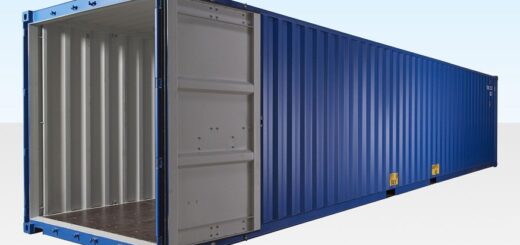The Hidden Dangers in Your Tap Water and How a Water Purifier Can Help
Access to clean drinking water is crucial for maintaining good health. While tap water may appear clear and drinkable, it often contains hidden contaminants that can pose severe health risks. This is where...













